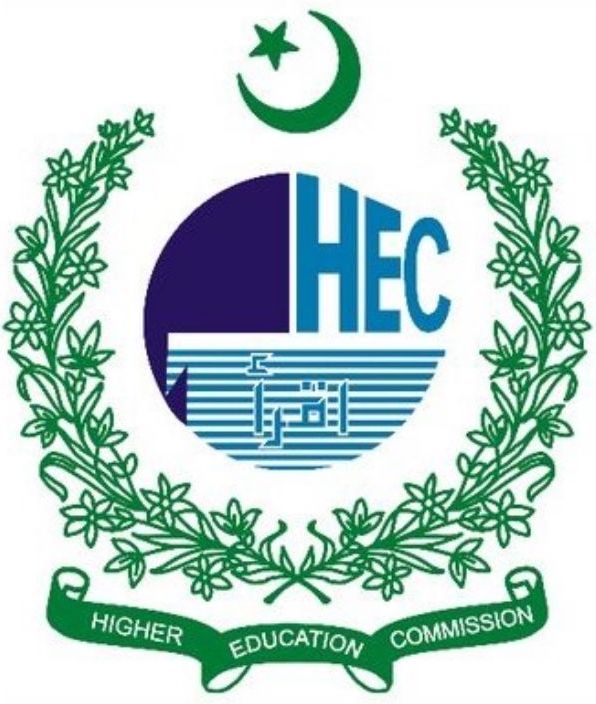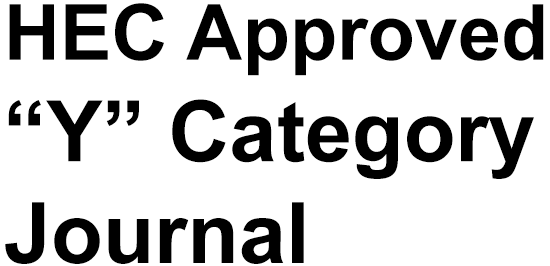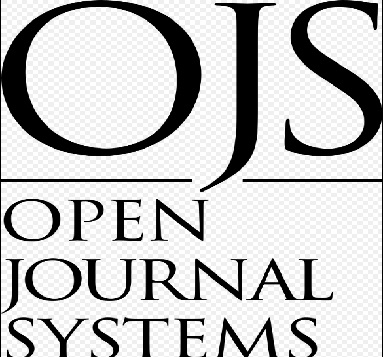Atoms for Peace Programme” Misused by the Nuclear Weapon Aspirant Countries: Case Study of India
DOI:
https://doi.org/10.63056/ACAD.004.03.0530Keywords:
Atoms for Peace, India nuclear weapons, peaceful nuclear use, nuclear non-proliferation, IAEA, NPT, NSG, nuclear technology misuse, Cold War, international securityAbstract
The Atoms for Peace programme was launched by U.S. President Dwight D. Eisenhower in 1953 to help countries use nuclear technology for peaceful purposes like energy, medicine, and agriculture. However, some countries used this support to secretly develop nuclear weapons. This paper focuses on India as a case study to show how the country received help for civilian nuclear development but later used it to build nuclear weapons. The research explains how India gained technology and materials from countries like Canada and the United States, and how weak monitoring by international organizations, like the IAEA, failed to stop the misuse. It also discusses how political interests and global alliances allowed India to avoid punishment, even though it was not part of important treaties like the NPT. This study shows that even with international rules, countries can still find ways to develop nuclear weapons if they have strong political goals and international support. Stronger and more effective global systems are needed to stop this from happening again.
Downloads
Published
Issue
Section
License
Copyright (c) 2025 Hira Bashir (Author)

This work is licensed under a Creative Commons Attribution 4.0 International License.












